The Tweet
Above: A heart rate of 140 bpm is very fast (normal 70-99). A respiratory rate of 22 is high (normal 8-16 bpm), but Alexis looks comfortable and in no respiratory distress. Her body is healing.
Source: https://x.com/diedsuddenly_/status/1838895246643470596?s=46
The Thread
“We are spending more on diabetes and mitochondrial disease than we are on the military.”
I found this video on similar topics:
Video:
The link goes to the above article, which was written by two pharmacy students:
According to the American Burn Association, about 450,000 serious burn injuries occur in the United States every year that require medical attention.1 Overall, the goals of treatment are to control pain, remove dead tissue, prevent infection, reduce scarring, and regain function.2 Depending on the burn severity, appropriate management may involve initial resuscitation and stabilization, pain management, and wound care, which often involves the use of antimicrobial agents.1 One antimicrobial agent commonly used in the management of burns is silver sulfadiazine (SSD). Formulated as a 1% topical cream, SSD is FDA-approved as an adjunct for the prevention and treatment of wound sepsis in patients with second- and third-degree burns.3 Anecdotally, though, SSD may have become the agent of choice for all types of burns, including minor burns.4 Despite SSD’s popularity, compelling evidence to support its use in the management of burns is lacking. The aim of this article is to provide the reader with an assessment of SSD’s utility for managing burns.
Silver sulfadiazine, which combines silver ions with a sulfonamide moiety, has broad antimicrobial activity. It is bactericidal for many gram-negative and gram-positive bacteria and also has activity against yeast.3Silver sulfadiazine is considered to be safe, however, dermatologic, gastrointestinal, hematologic, hepatic, neurologic, and renal effects have been reported with its use. The product is contraindicated in patients with severe hypersensitivity reactions following application, pregnant women at or close to term, premature infants, and in infants during the first 2 months of life.3 Although SSD is available as a prescription medication marketed under the brand names Silvadene and Thermazene, it is available generically, as well. The average wholesale price for a 50 g jar of SSD cream is approximately $15.00 and the wholesale acquisition cost is approximately $12.00.5
To assess whether clinical evidence supports the use of SSD in the management of burns, we performed a search of PubMed using the terms “silver sulfadiazine” and “burns”. In order to obtain the highest level of evidence, our search was limited to meta-analyses and systematic reviews. Although our search yielded a total of 24 articles, this review focuses on the 5 meta-analyses and systematic reviews wherein the emphasis was on the comparison of SSD with other interventions in the management of burns. The comparative interventions included aloe vera, bacitracin, collagenase, honey, petrolatum, as well as various other preparations/dressings.
Note that there is no mention of the use of copper for burns, the very point that was made in the twee..
A 2019 systematic review and meta-analysis by Maciel et al. evaluated the efficacy of SSD versus numerous other treatments when used for wound healing in burn patients.6 The authors analyzed 11 randomized controlled trials (RCTs) and identified wound-healing time as the primary outcome. The authors concluded that the comparator treatments were statistically superior to SSD with respect to the mean time for complete wound healing.
No mention was made of the total number of patients, which would let us know if findings were statistically significant. This lack of data are carried forward for the rest of the discussion.
In a 2018 systematic review and meta-analysis, Nímia et al. examined the efficacy of SSD versus silver-containing and non-silver-containing dressings.7 The outcomes that were assessed included time to wound healing and rate of infection. After analyzing 24 RCTs, the authors concluded that dressings with and without silver showed better outcomes than SSD with respect to time to wound healing. Additionally, burns treated with non-silver-containing dressings were less likely to become infected than burns treated with SSD; there were no differences between silver-containing dressings and SSD with respect to this outcome.
Summary
Although SSD is commonly prescribed for the management of burns, numerous systematic reviews and meta-analyses found that overall, SSD was inferior to the various agents that it was compared with. Moreover, SSD seemed to have had a negative impact on some of the outcomes related to wound healing. In view of the above, and as expressly noted in some of the aforementioned reports, the use of SSD as an agent of choice in the management of burns should be discouraged (my emphases).
Source: https://www.drugtopics.com/view/reevaluating-the-use-of-silver-sulfadiazine-cream-in-the-management-of-burns
Continued Thread
Pfizer only allowed me access to this link information if I hit a button stating that I am a USA healthcare provider.
If you are allergic to sulpha drugs, you may also be allergic to Silvadene cream.
Source: https://labeling.pfizer.com/ShowLabeling.aspx?format=PDF&id=701
This is an over-the-counter do-it-yourself form of silver that I have used:
(The above YouTube link showed Forest Gump deciding to run across the land. Very noncontributory; a waste of time.)
LET US PRAY
Thank you, Lord God of Abraham and Moses, for bringing us here to pray for Alexis and all the vax injured. We lift her up to You and pray for her continued healing and recovery. And for everyone who has been injured, touch them with Your mighty hand and heal them from their infirmaries!
We ask you in the Name of Jesus.
Amen!





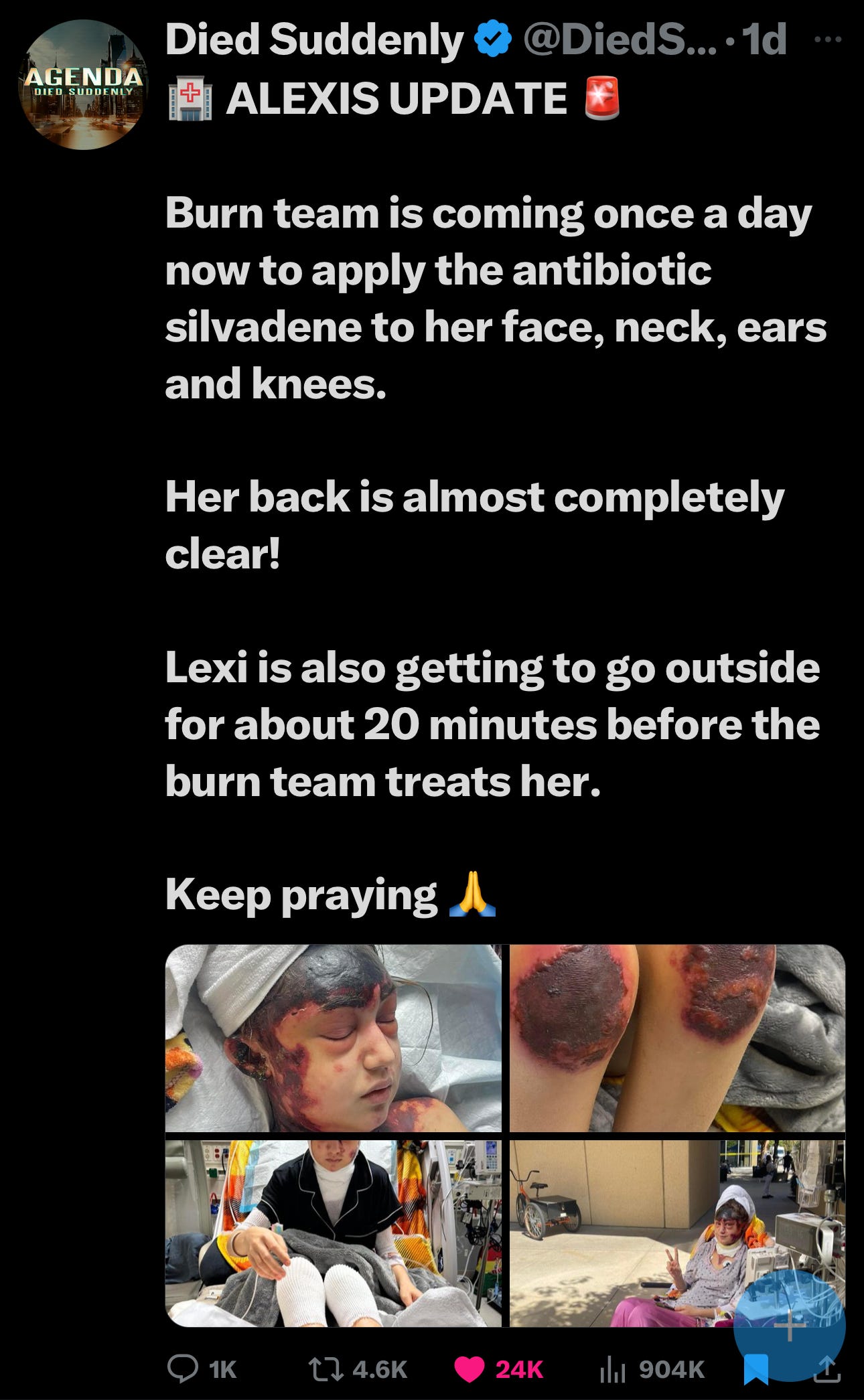
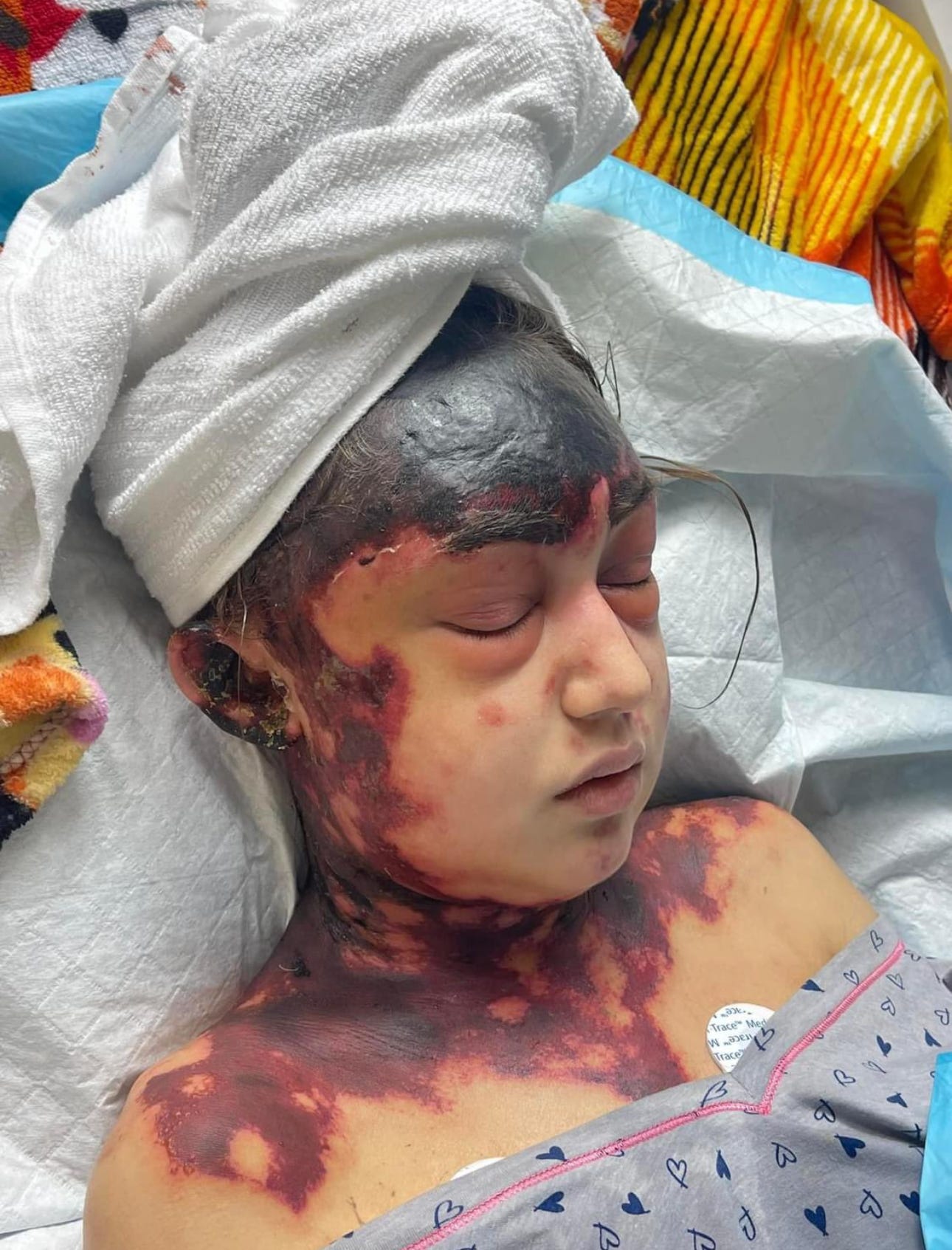
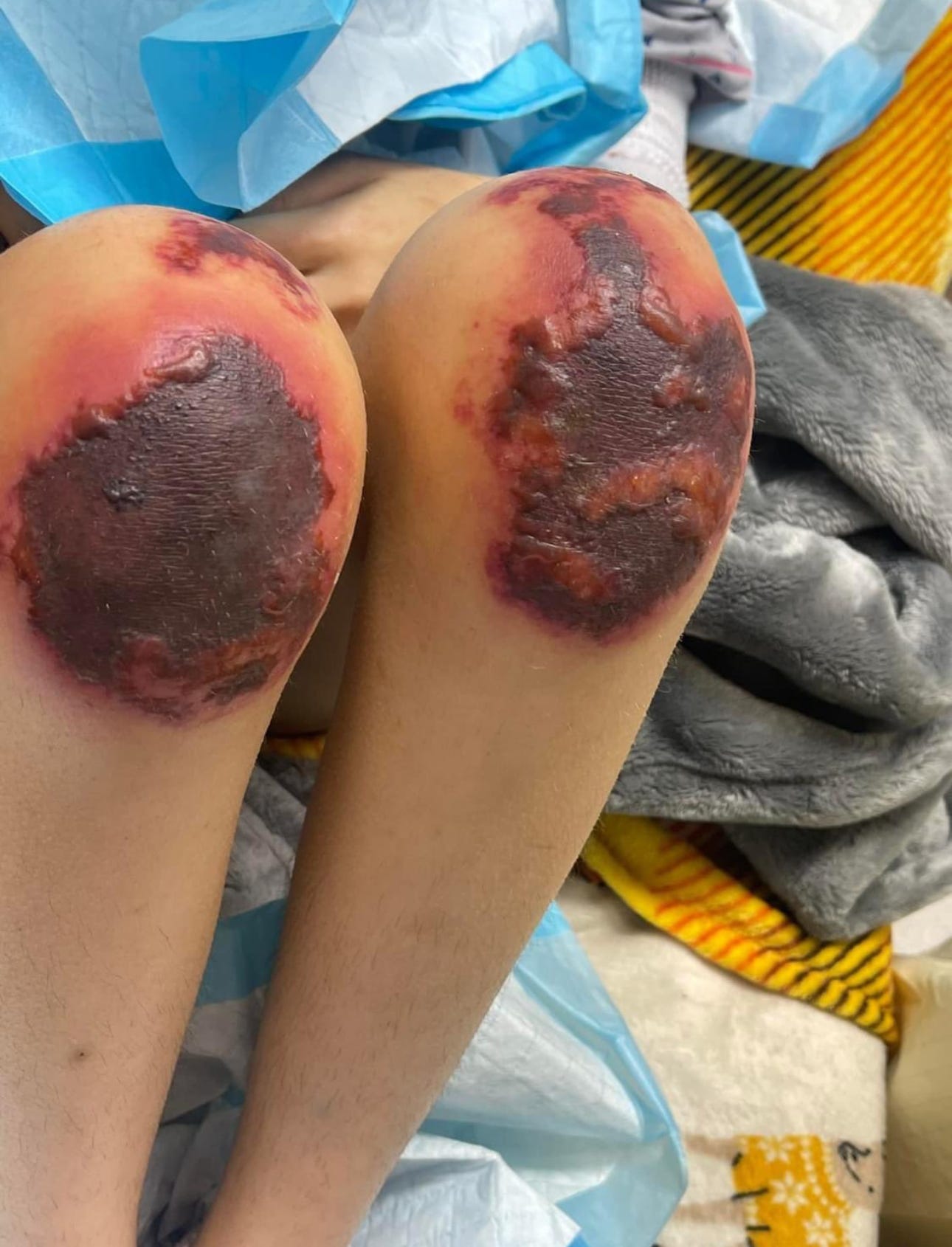
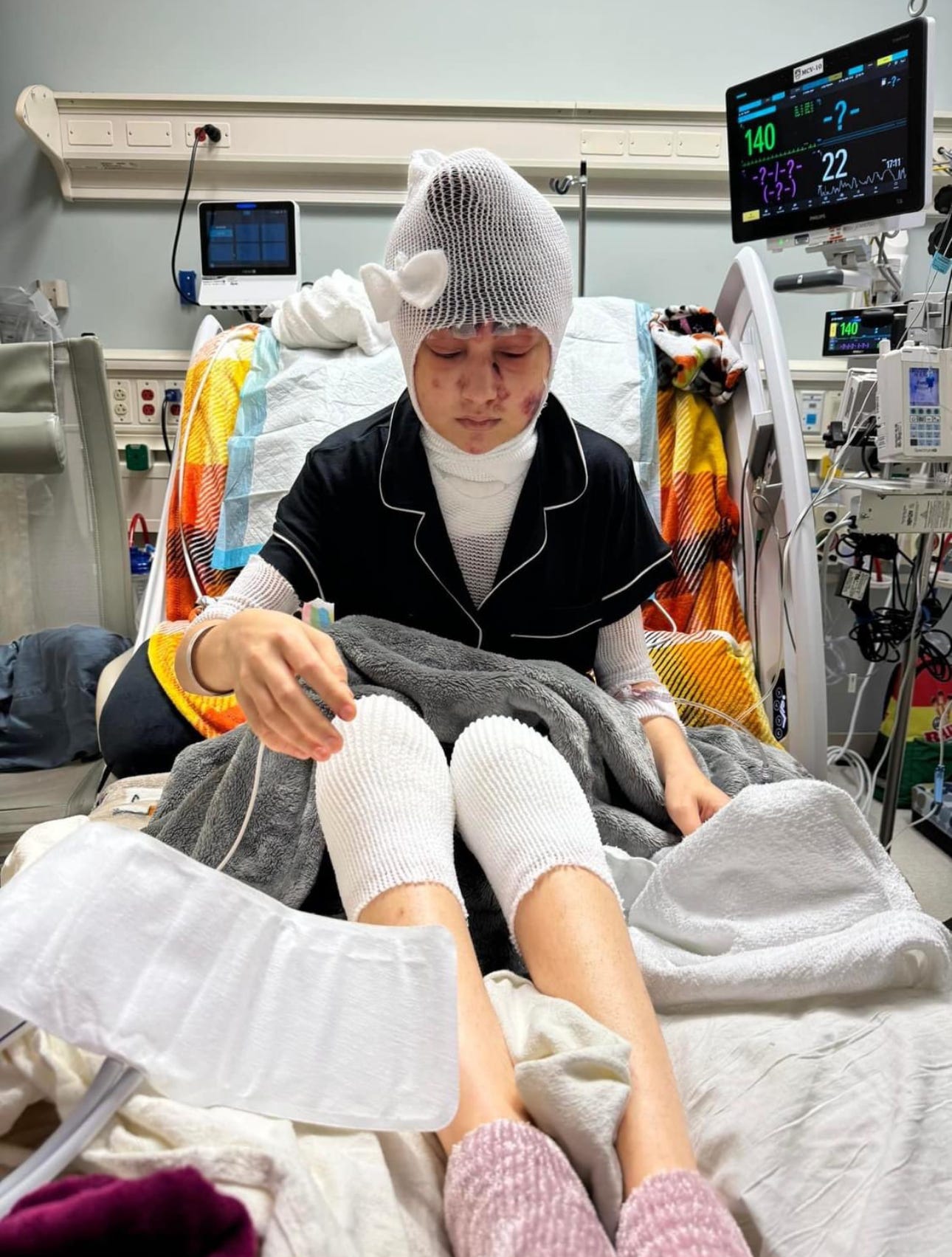
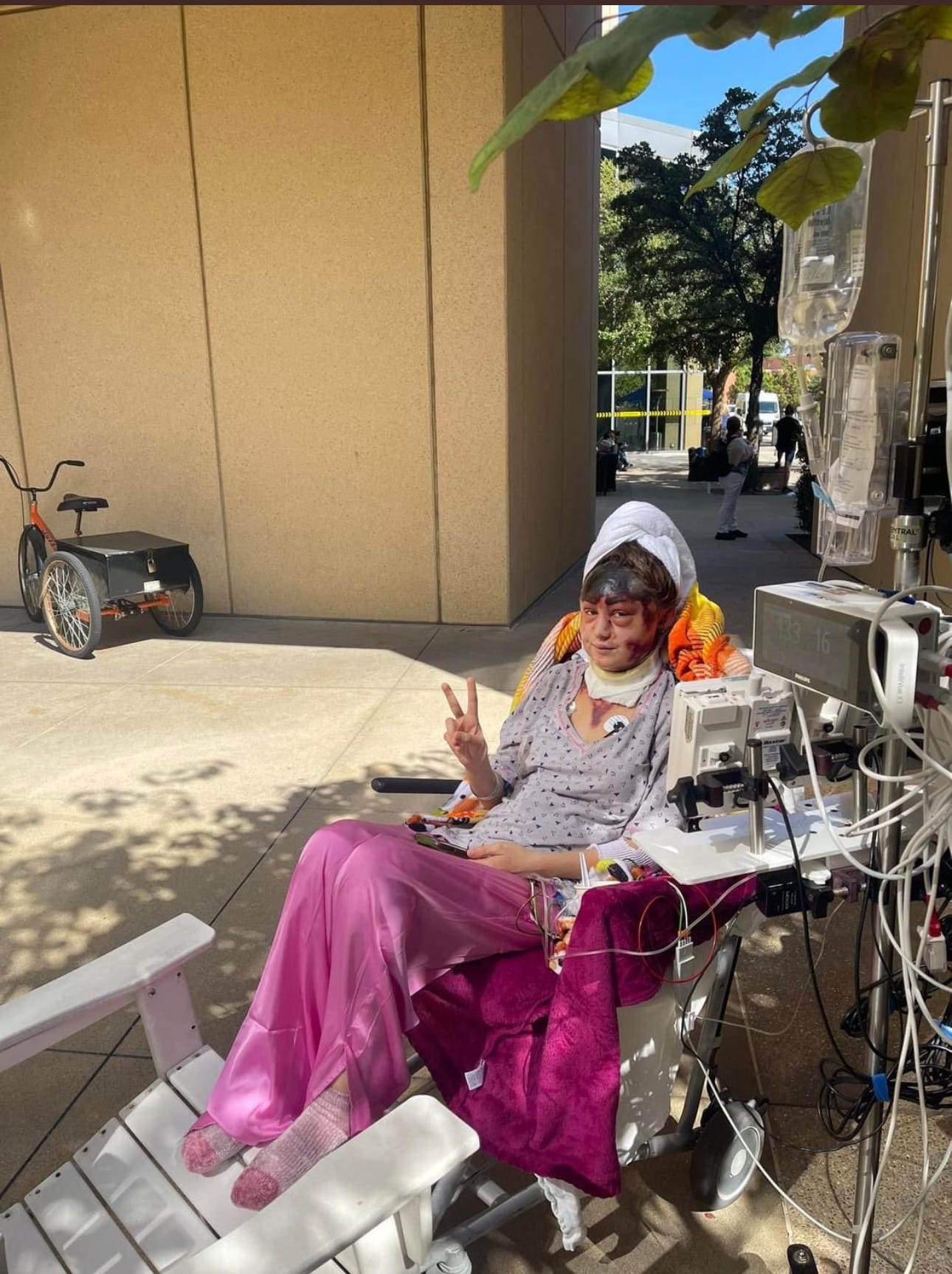


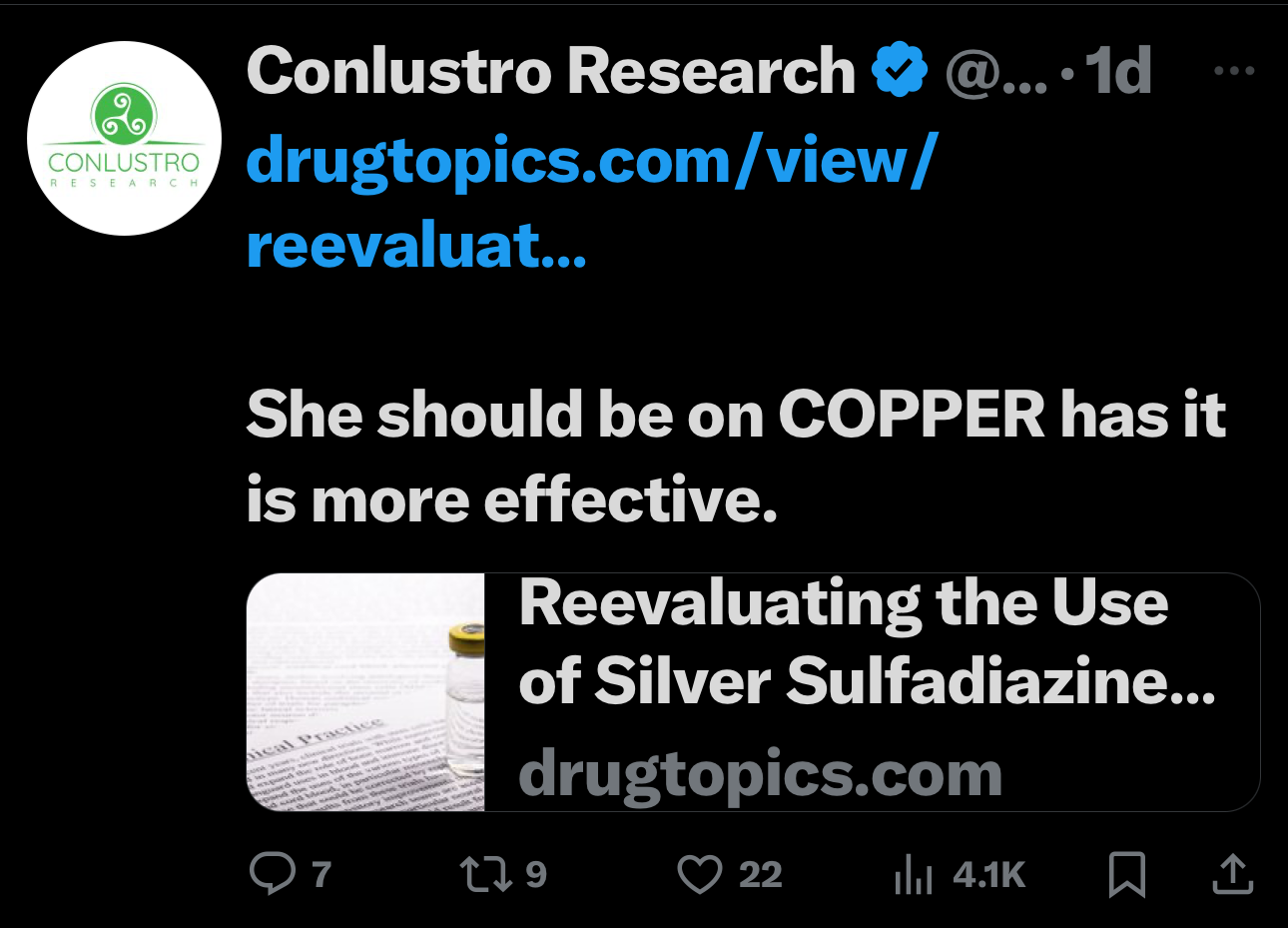
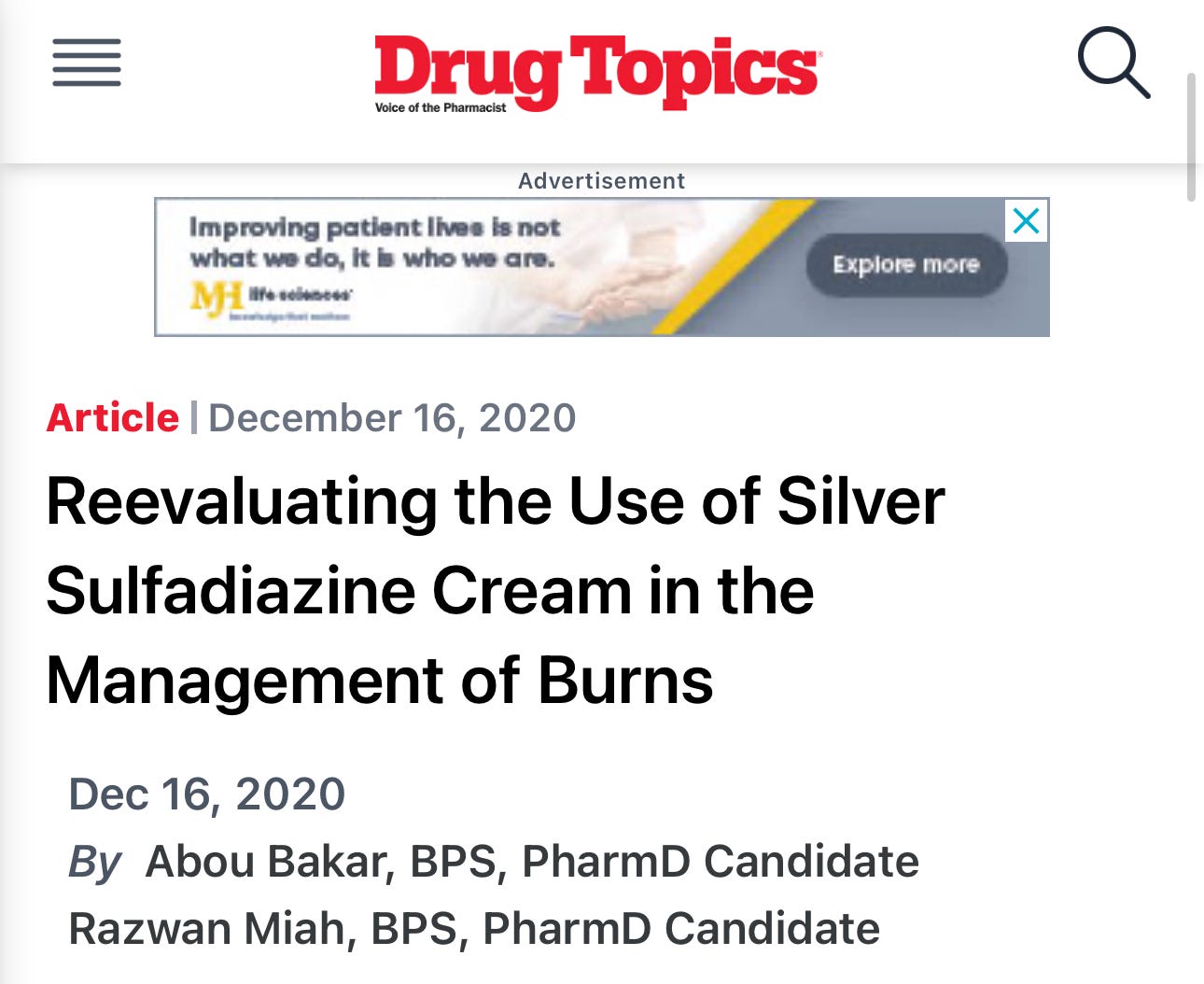
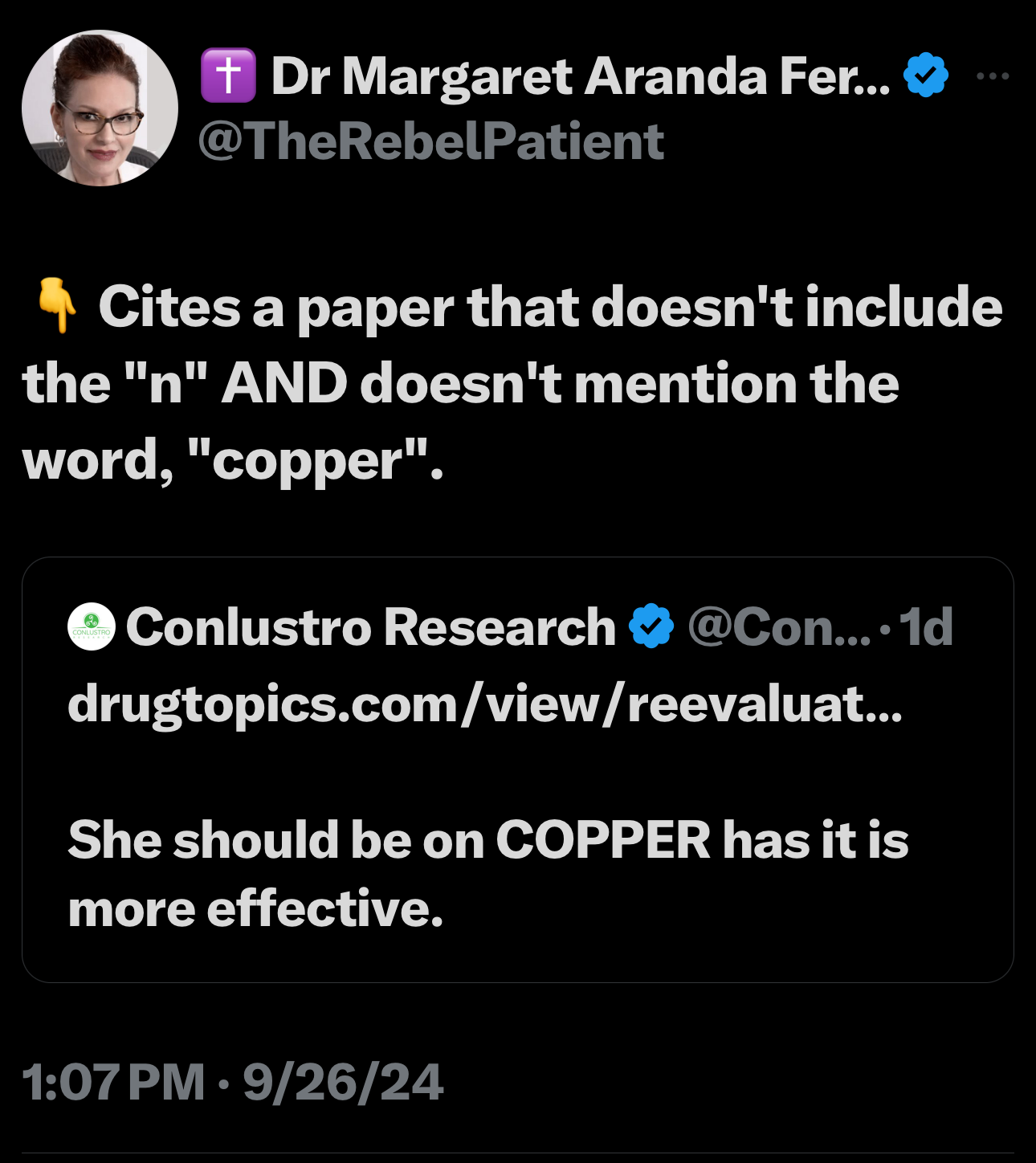
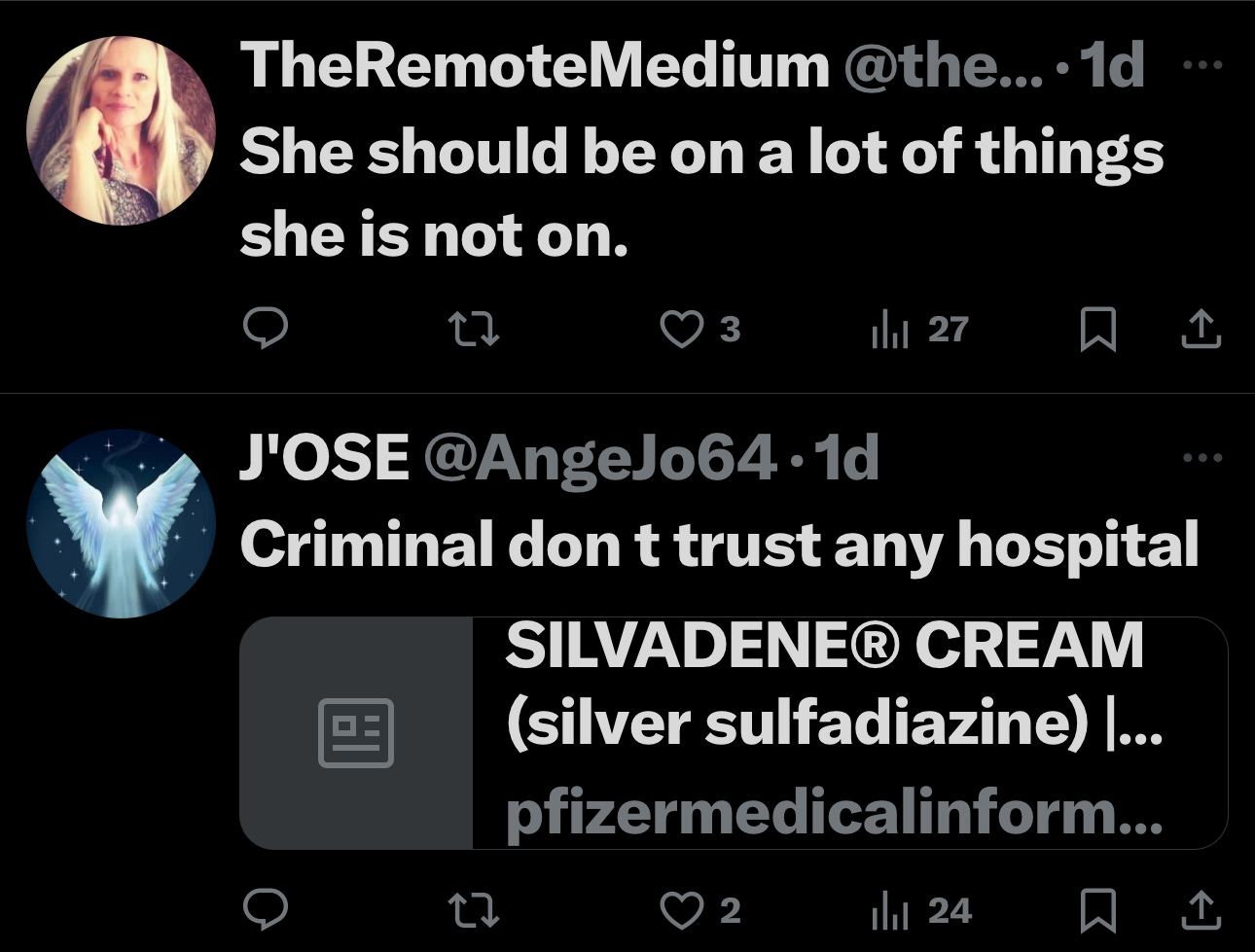
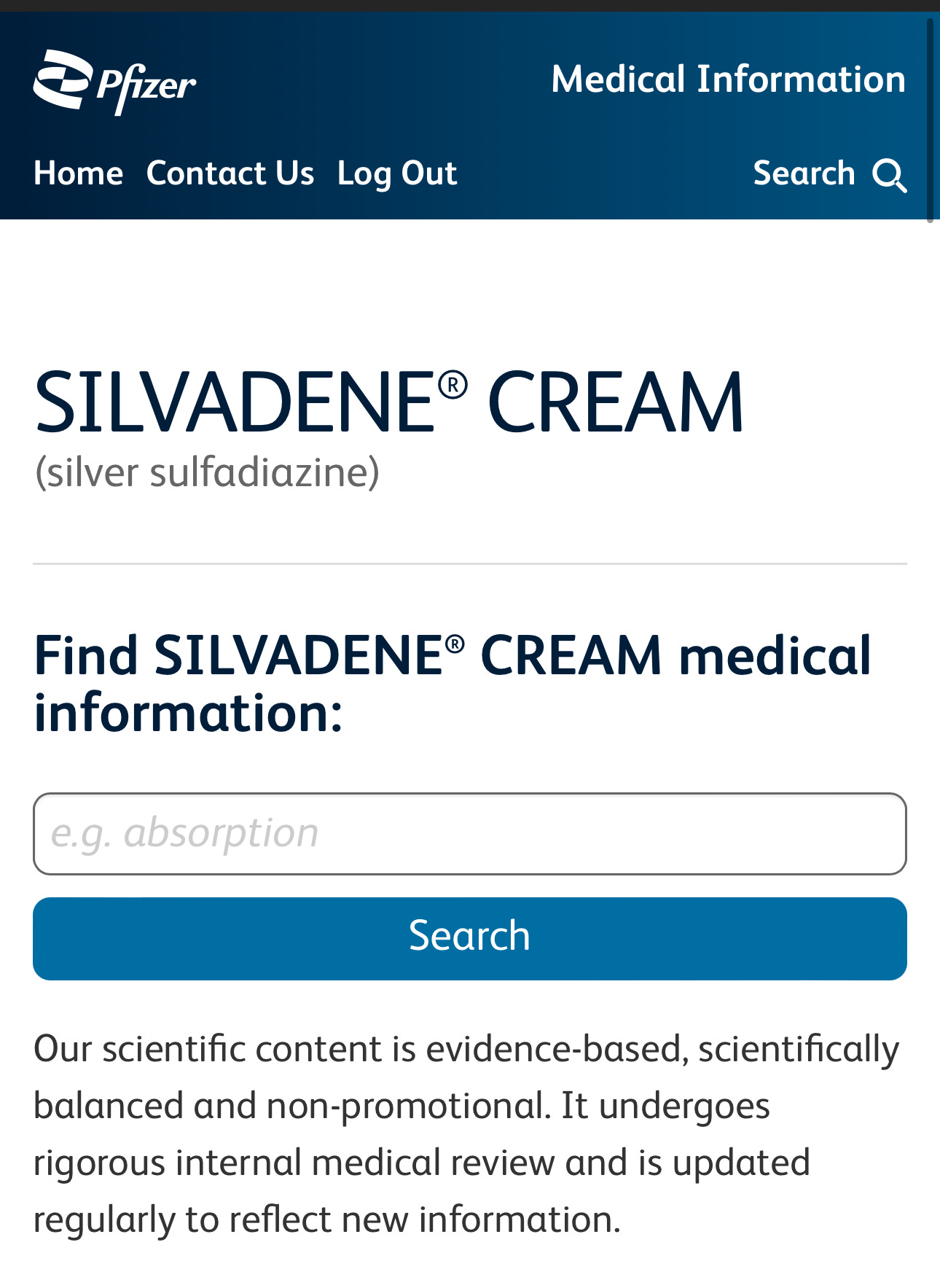
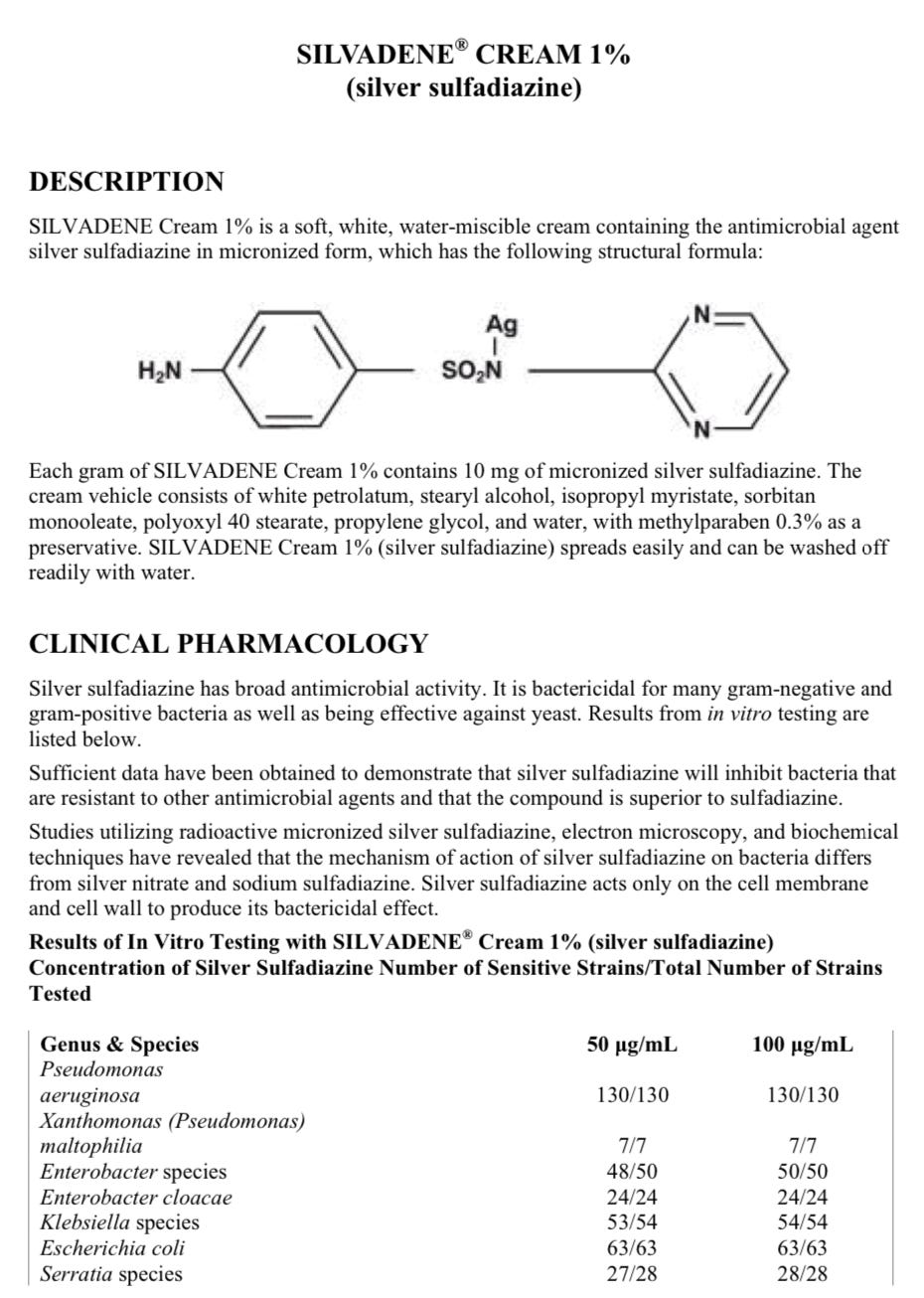
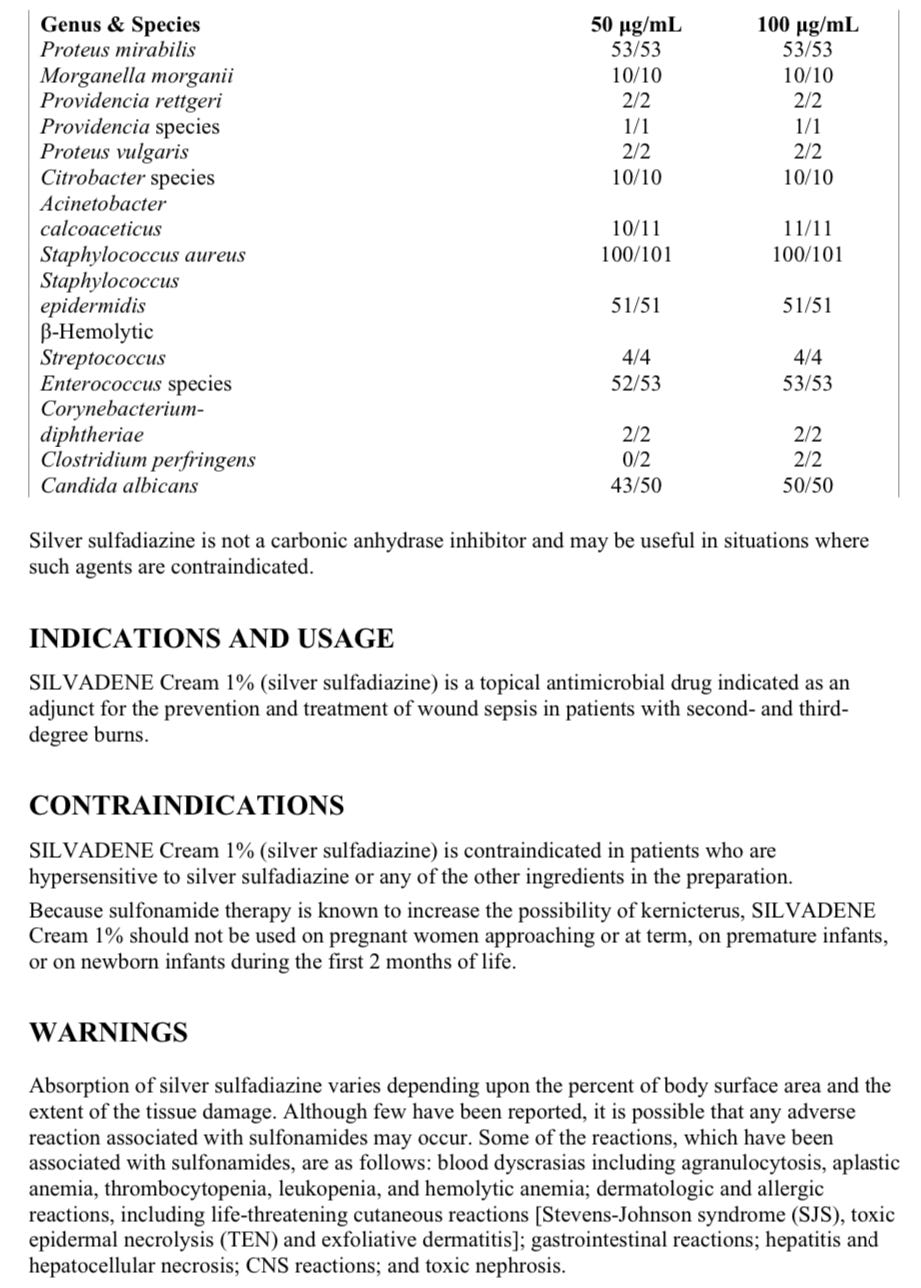
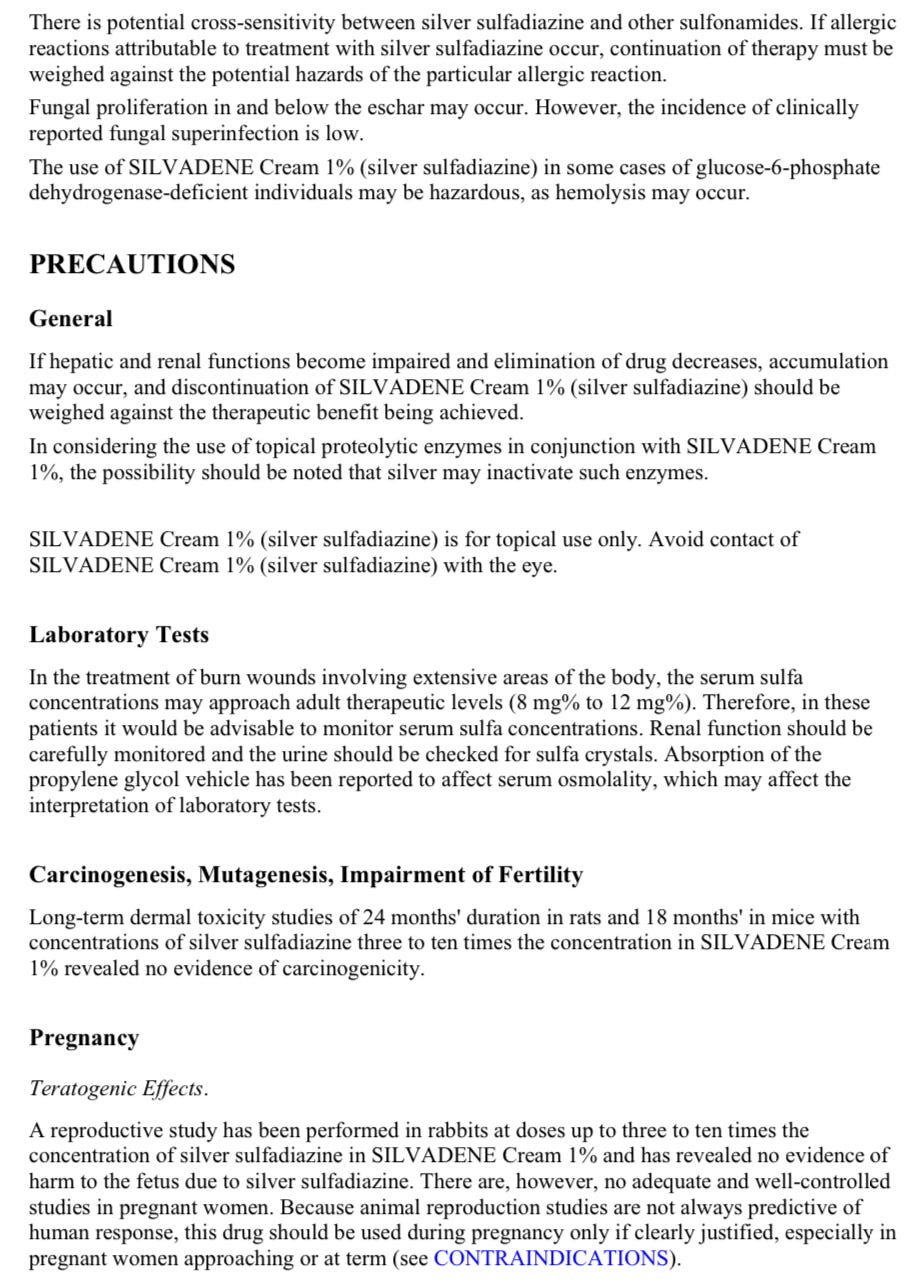
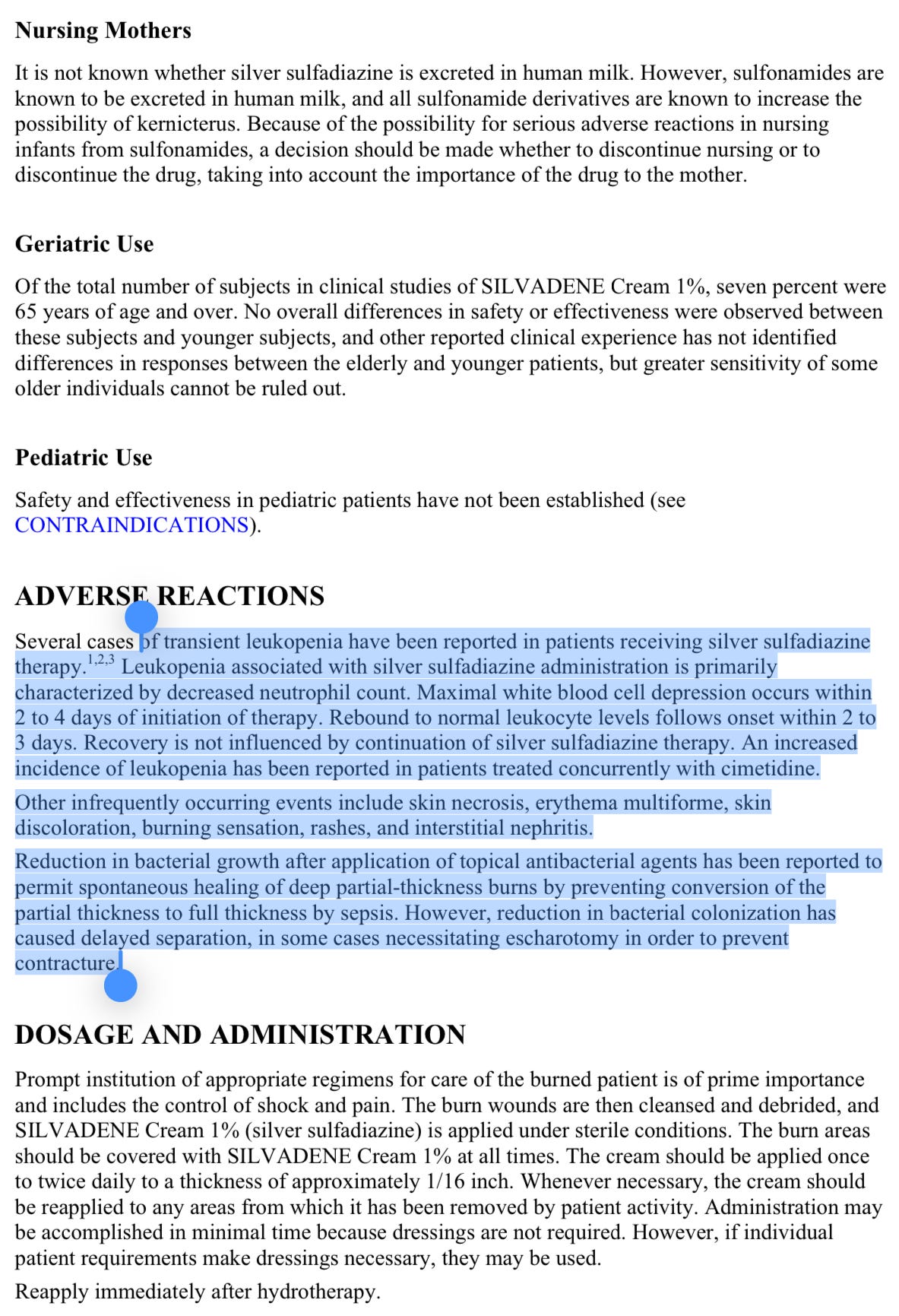
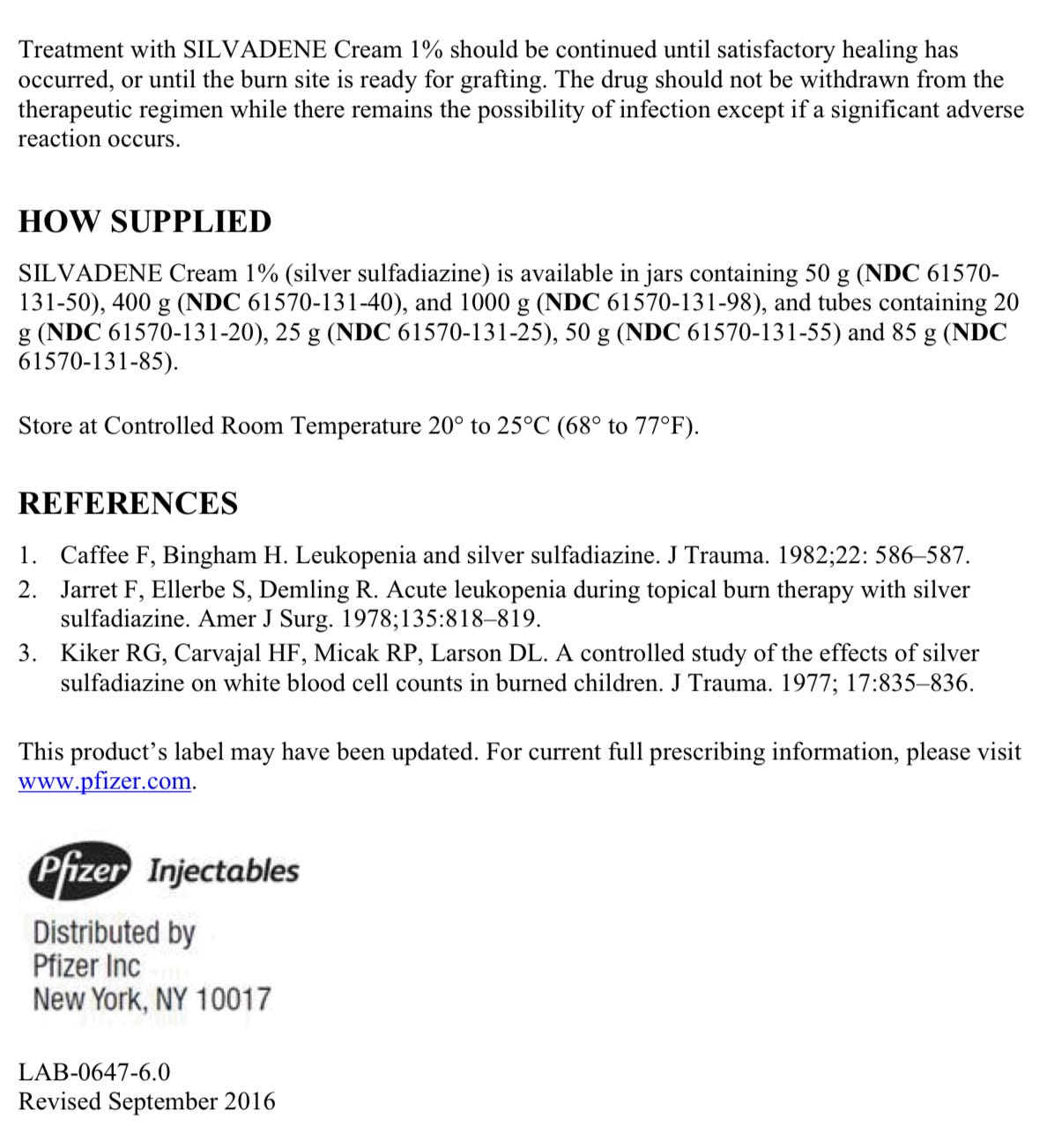






You are SUCH an amazing reporter, often the FIRST one to provide updates and breaking news. THANK YOU.
Wow! Pictures replace a thousand words, except the details of the cause of this crime. What amazes me, yet exposes their agenda, is that these nefarious groups, who paint themselves as authority and benevolent, including Pharma, CDC, FDA, AMA, ADA, WHO..., even with all this and other evidence as well as all with good intentions speaking out against them, move forward in their ways with little to no sign impeding their progress. This is insane, and an act of war crimes against the unarmed, deceived, and unsuspecting.
I urge all who report and expose these matters to continue, and the rest of us to take heed to stop participating in and listening to these murderous groups, and pray unceasingly to our Father in heaven to end this wickedness against His people. Also, that He heals this child, as well as all the innocent who are harmed.
See James 5 for one notable example of who they are and what we can and are to do in part. The rest of James, as well as the balance of Scripture, is highly important, too.
Also, we must humble ourselves and repent our sins as we know them and learn of them. God will not hear us until we do.